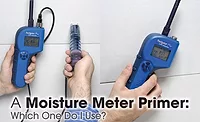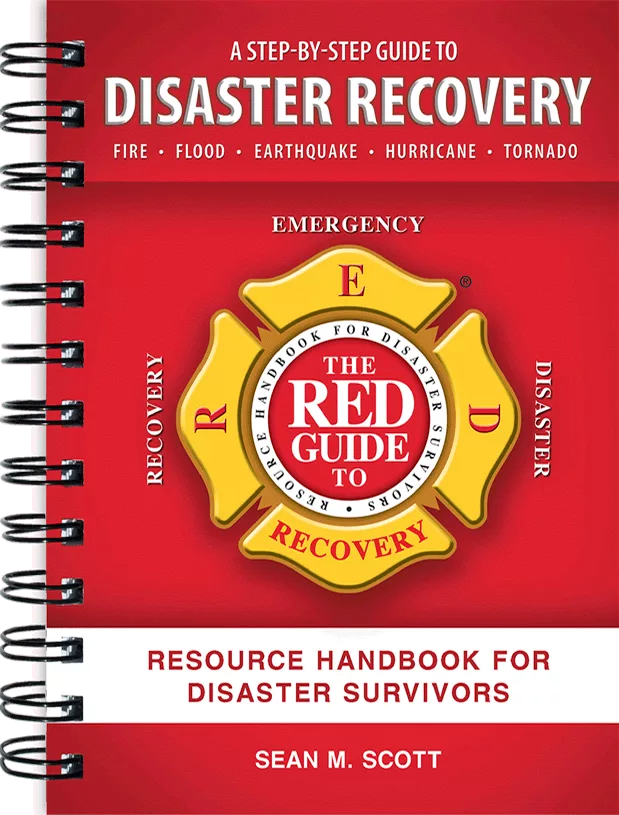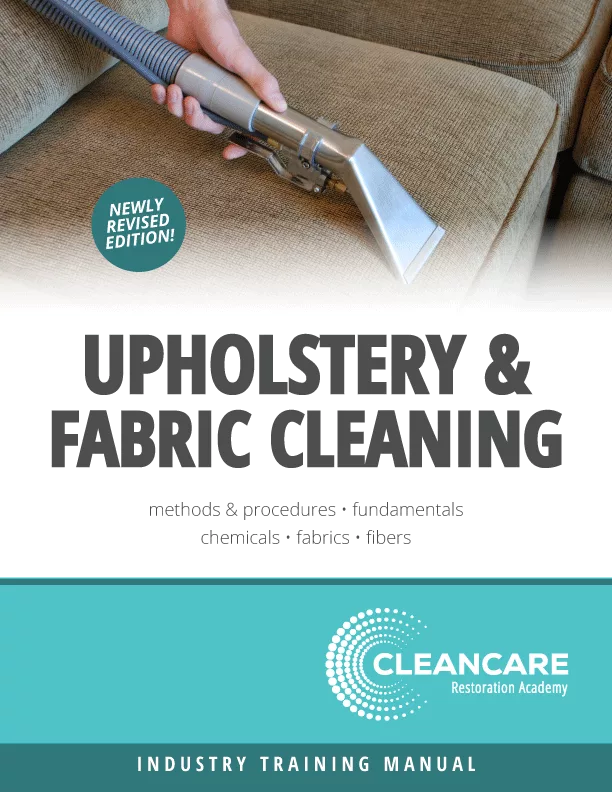A ''Primer'' on Infrared Paint Removal Technology
Removal
of thick layers of paint off old wood is a challenge for historic
restorationists, contractors and homeowners. Professional and experienced
preservationists know that most paint applied before 1978 is lead-based. Often
remodeling and painting contractors do not. Most homeowners of older homes also
do not. Common renovation activities that disturb lead-based paint, like
sanding, power planning, dry scraping and heat gun usage can create hazardous lead
dust, chips and vapors that are harmful to adults and children.
In fact, national public health discovery of the prevalence of lead poisoning in children has precipitated a new EPA regulation called "Renovate Right". This national law requires contractors' to use lead-safe work practices during Renovation, Remodeling and Painting (RRP) in pre-1978 housing and child-occupied facilities. Of particular relevance for contractors are the requirements to contain, store and transport paint waste material safely to prevent release of lead dust and debris and the prohibition of use torches and heat guns above 1100° or power sanders or planers unless attached to a HEPA vacuum. What methods for efficient and safe paint removal are left?
In fact, national public health discovery of the prevalence of lead poisoning in children has precipitated a new EPA regulation called "Renovate Right". This national law requires contractors' to use lead-safe work practices during Renovation, Remodeling and Painting (RRP) in pre-1978 housing and child-occupied facilities. Of particular relevance for contractors are the requirements to contain, store and transport paint waste material safely to prevent release of lead dust and debris and the prohibition of use torches and heat guns above 1100° or power sanders or planers unless attached to a HEPA vacuum. What methods for efficient and safe paint removal are left?
Looking for a reprint of this article?
From high-res PDFs to custom plaques, order your copy today!





